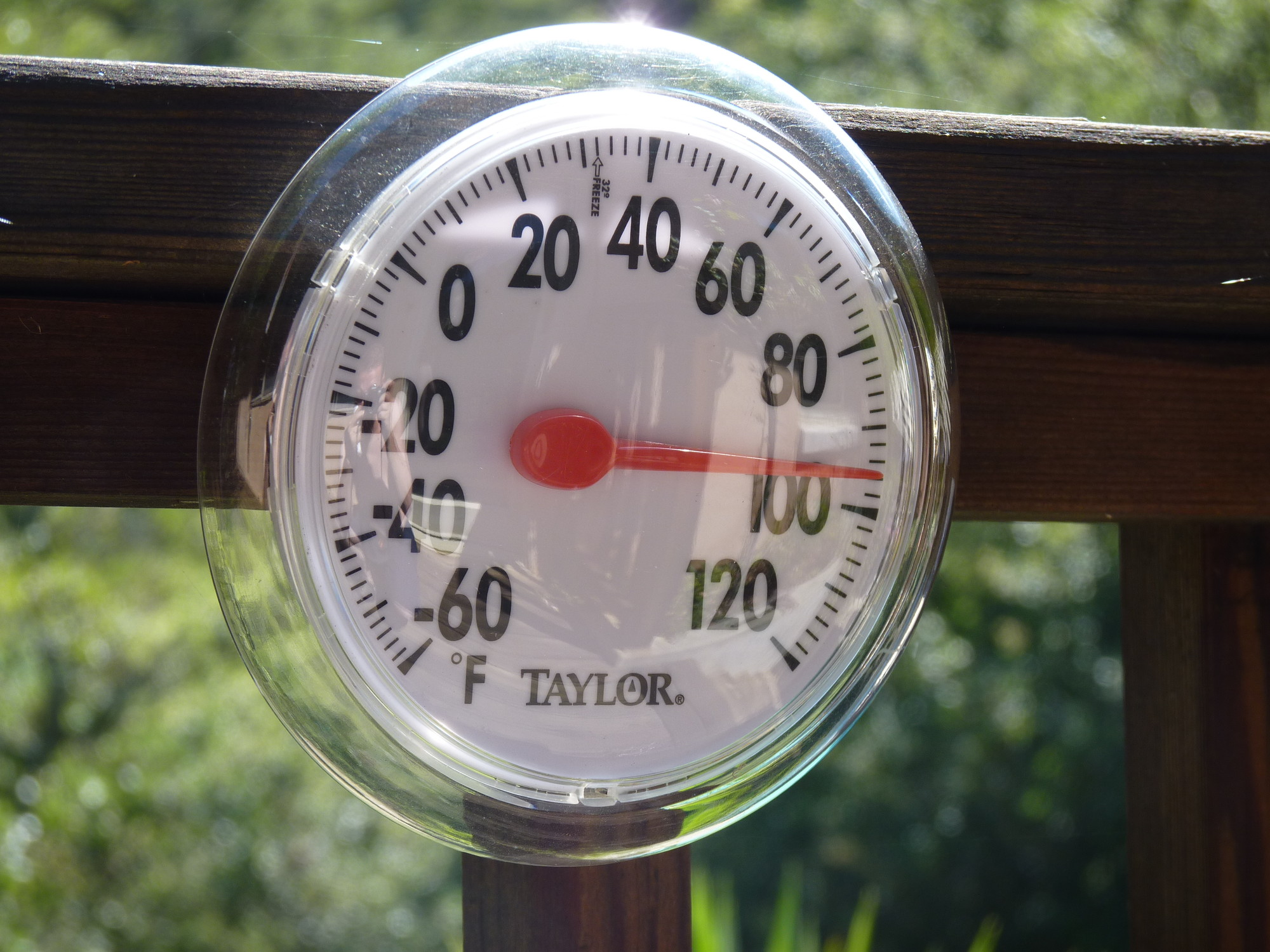Mount says two-thirds of California’s precipitation is routinely lost to evaporation or transpiration, the water taken up by plants. When temperatures rise, evapo-transpiration rates rise, too.
“Just the process of evaporation alone out of the soils and then the associated transpiration that comes out of plants with the warmer temperatures, the increased length of the growing season — all of these are producing moisture deficits in the soil.”
Exactly how much worse the drought was made by record warmth is harder to pin down.
In December, a study by scientists at NOAA and Columbia University concluded that climate change was not a major cause of California’s current drought. It drew immediate fire from other scientists for not taking record-high temperatures into account. The authors said they were looking at causal factors, not intensifying forces, but would be interested in doing additional analysis on the influence of temperatures.
Mount says most striking have been the warm overnight lows, which stretched out the growing season and shriveled the Sierra snowpack.
“When you get those warm temps at night, where its not freezing at night anymore, you start melting your snow very, very quickly.”
Likewise, warm weather can keep the snowpack from building up in the first place. December’s persistent storms brought water content of Sierra snows to just about half of the average for this time of year.
Down below, last year’s persistently high temperatures made the notoriously bad air quality even worse in places like the San Joaquin Valley.
“2014 was one of our busiest years,” says A.M. Aminian, an allergist and respiratory specialist in Fresno, and chair of the Fresno-Madera Medical Society.
“This year we saw more people with asthma, respiratory problems, stuffy nose, and itching eyes, and also respiratory infections,” Aminian recalled. “We have been seeing more air pollution, the air was warmer, and it was very dry. That caused more particulate matter, dust in the air. Whenever there is heat and a lot of sunshine, the smog levels go up. This was one of the years we had more air pollution.”
Higher temperatures also exacerbated conditions for wildlife already suffering from the drought. Low flows in rivers and streams heated up that much more, presenting a challenge especially to anadromous fish, like salmon and steelhead, for which water temperatures much above 60 can be fatal.
All this compounding of drought conditions might seem hard to square with another statistic in NOAA’s review: that California had a near-average precipitation year in 2014, coming in just slightly drier than normal.
Given the nearly non-stop rain throughout December, the NOAA report concluded that “drought conditions improved across parts of Northern California” but, “Despite above-average precipitation in California, only modest drought improvements occurred due to long-term precipitation deficits.”
KQED’s Central Valley Bureau Chief, Sasha Khokha, contributed to this report.

